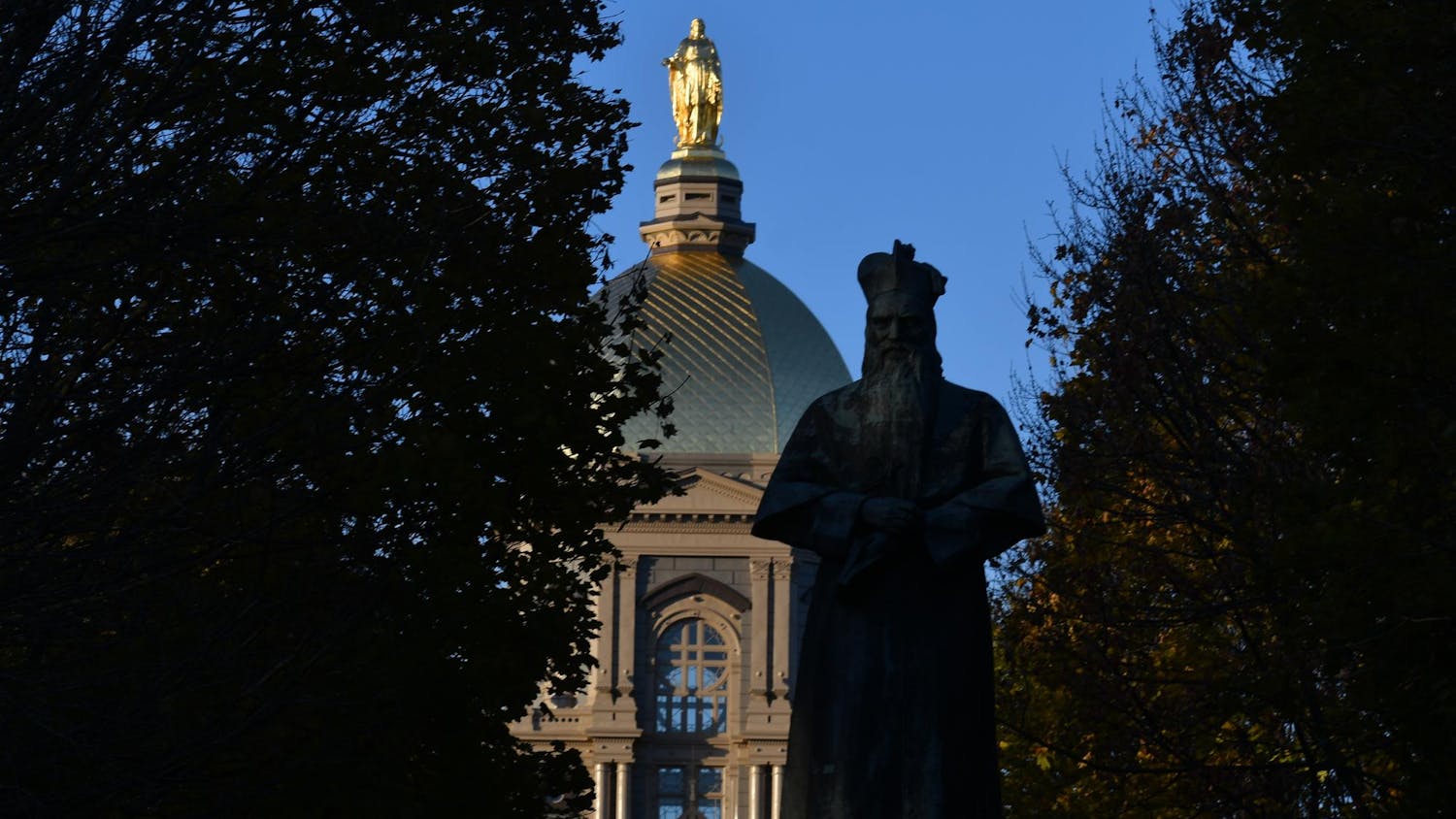Stephanie Fryberg, a visiting professor of psychology at the University of Washington, presented her research Tuesday on the psychological effects of American Indian sports mascots, which affirmed these types of social representations depress the self-esteem of American Indian students.
Fryberg’s lecture, titled “From Stereotyping to Invisibility: The Psychological Consequences of Using American Indian Mascots,” highlighted several studies she and her colleagues have performed.
In the studies, Fryberg asked questions to American Indian high school and college students based on several popular representations of Native Americans, including Disney’s Pocahontas and Chief Wahoo, the mascot of the Cleveland Indians.
Fryberg said the research did not begin with an examination of mascots, but the final product did reflect this focus.
“The first two studies, the question we asked was what is the impact of American Indian social representations on the self-esteem and community efficacy of American Indians,” she said. “You notice, the question was not what is the effect of American Indian mascots, though that is how this work has commonly been used and by the time we got to the third or fourth study, it is how we then framed the research paper because it became much more central to the social issue.”
After a close study of media portrayals of American Indians, Fryberg said representations were rare and largely negative in connotation.
“In a content analysis of national newspapers in 1997 and major films from 1999 to 2000, relatively few, 0.2 percent, of representations of American Indians were found,” she said. “The representations that were there were largely stereotypic and negative, and American Indians were seldom presented as contemporary people or in contemporary domains.”
To Fryberg and her colleagues’ surprise, she said the study showed a greater likelihood of American Indians to approve of Native American mascots.
“Surprisingly for us, we found that those who agree with the use of Indians as mascots actually have less community worth,” Fryberg said. “And this was particularly interesting to us because you’d like to think that if you agree with it, you must think it’s good, but actually following the psychology literature, it turns out that when you disagree with the stereotype, there are psychological resources that buffer you from the effects of that image.”
Fryberg said she and her team altered the study when they brought it to Haskell Indian Nations University.
“Going forward, we started to show this data and one of the issues that came up as we were showing the data is that Chief Wahoo is a caricature, and so maybe it would be different if we used a mascot that wasn’t a caricature,” she said. “And so for the last study, we were able to ask a number of questions because we went to the only four-year university that is a predominantly American Indian university, and it turns out they have an Indian mascot.”
All of the studies, though, concluded that essentially any American Indian mascot representations harmed the self-esteem of American Indian students, Fryberg said.
“Consistent with the past two studies, it turns out that being exposed to any one of these mascots decreased achievement-related possible selves,” she said. “So what it means is if they saw the Indian mascot, then any possible selves they had related to achievement in school were depressed.”
Read More
Trending









